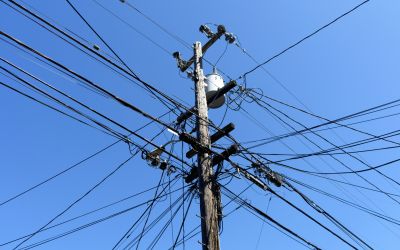Microbes generate electricity while cleaning nuclear waste.
It has long been known that microbes can be used to immobilize uranium, however identifying the microbe’s conductive pili or nanowires is a new development that could change the way we view nuclear waste sites.

It has long been known that microbes can be used to immobilize uranium, however identifying the microbe’s conductive pili or nanowires is a new development that could change the way we view nuclear waste sites.
"Geobacter bacteria are tiny micro-organisms that can play a major role in cleaning up polluted sites around the world," said Gemma Reguera, MSU microbiologist. Nanowires are found on the outside of the Geobacter and manage electrical activity during a clean up.
"Our findings clearly identify nanowires as being the primary catalyst for uranium reduction," Reguera said. "They are essentially performing nature's version of electroplating with uranium, effectively immobilizing the radioactive material and preventing it from leaching into groundwater." They also allow the microbes to survive by acting as a barrier to the toxic environment.
Scientists tested the microbes by injecting acetate (their preferred food source) into contaminated groundwater to allow them to procreate quickly. Then the microbes worked to remove uranium in the soil.
Now that the nanowires are better understood, the team from MSU engineered microbes with more nanowires, which improved the efficiency of the uranium clean up. The energy created from the process could one day be gathered in a fuel cell meaning energy could be created whilst clearing up hazardous wastes.






